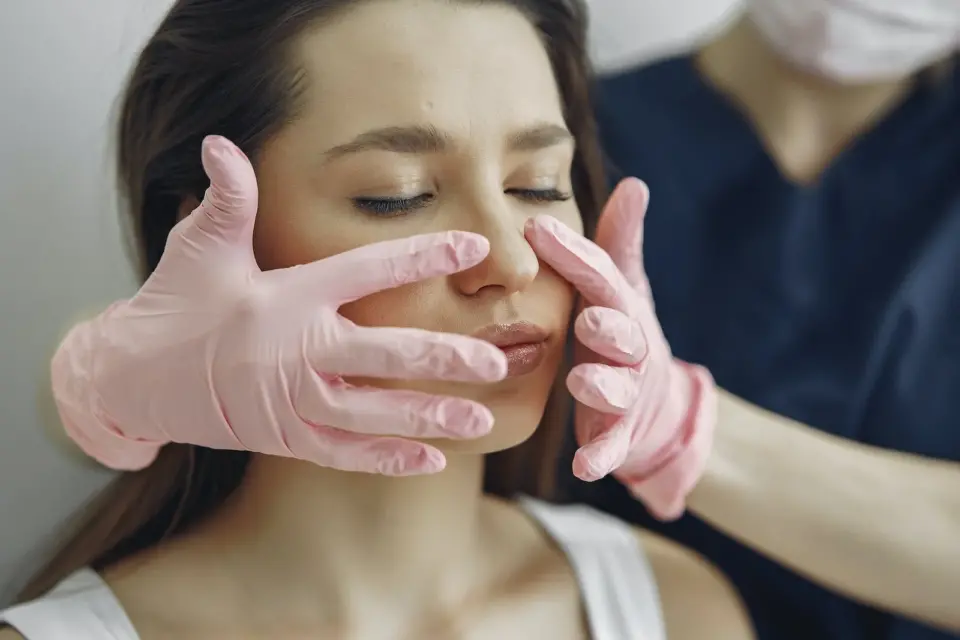Getting injured can be frustrating and painful, making everyday tasks difficult. While traditional medical treatments are essential, therapeutic massage techniques can also speed up the injury recovery process. Massage near you from a trained professional can help reduce pain and swelling, increase range of motion and improve circulation to promote healing.
Myofascial Release: This gentle massage technique involves applying sustained pressure to tight fascia, the connective tissue that surrounds muscles. It releases tension and scar tissue buildup that can limit mobility after injuries. Myofascial release helps restore flexibility and normal movement, speeding recovery from sprains, strains and tear injuries.
Trigger Point Therapy: Trigger points develop in taut muscles around injured areas, often causing referred pain. During trigger point massage, therapists apply finger pressure to deactivate these sensitive spots. This relieves muscle tension and spasms, improves blood flow and lymph drainage to aid the body’s natural healing responses. It can speed recovery from injuries like tendinitis and torn ligaments.
Cupping Therapy: In this technique, therapists use glass cups to create suction on the injured area. The suction loosens tight muscles while improving blood circulation. It promotes the delivery of more oxygen and nutrients that are needed for tissue repair. Cupping also helps clear waste products that accumulate and impede healing. Studies show it can reduce pain and inflammation from injuries.
Graston Technique: This forms-based therapy uses specially designed stainless steel tools to apply targeted pressure along tight bands of muscle tissue. The tools stimulate the collagen within the fascia, promoting healing. The technique helps break up scar tissue adhesions that form after injuries, restoring normal range of motion and function. Many athletes use Graston to recover from strains and sprains.
PNF Stretching: Proprioceptive neuromuscular facilitation involves alternately contracting and relaxing muscles around an injured area while simultaneously applying passive stretching. This helps re-educate muscles to flex and extend further, regaining lost range of motion. PNF stretching can reduce muscle guarding after injuries, allowing healing tissues to optimally repair and lengthen.
Conclusion: While standard medical care remains essential for injury recovery, incorporating therapeutic NYC massage techniques performed by trained professionals near your location can accelerate the process. Massage helps manage pain and inflammation while improving circulation and flexibility. Regular treatments can get you back in action sooner by restoring full movement and function to the affected area. Make an appointment with a massage therapist specializing in injury recovery to see how massage can supplement your overall rehabilitation plan.

